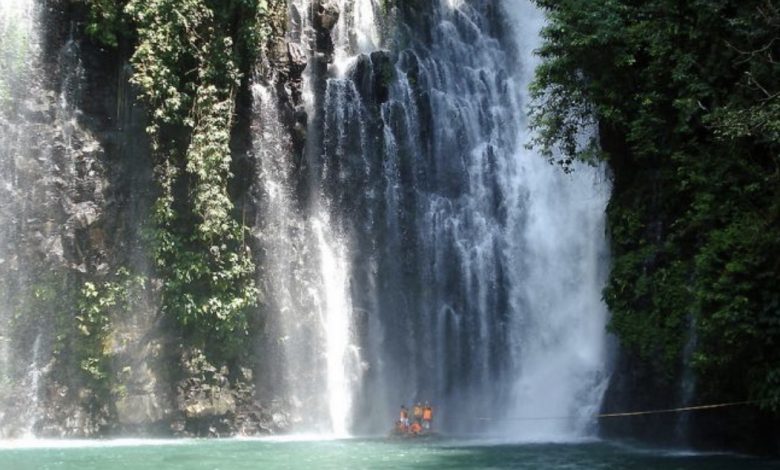Waterfalls

Waterfalls are commonly formed in the upper course of a river where lakes flow into valleys in steep mountains.[1] Because of their landscape position, many waterfalls occur over bedrock fed by little contributing area, so they may be ephemeral and flow only during rainstorms or significant snowmelt. The further downstream, the more perennial a waterfall can be. Waterfalls can have a wide range of widths and depths.
Aerial view of Victoria Falls on the Zambezi River in southern Africa. The cloud formed by the mist is called cataractagenitus.[2]
When the river courses over resistant bedrock, erosion happens slowly and is dominated by impacts of water-borne sediment on the rock, while downstream the erosion occurs more rapidly.[1][3] As the watercourse increases its velocity at the edge of the waterfall, it may pluck material from the riverbed, if the bed is fractured or otherwise more erodible. Hydraulic jets and
hydraulic jumps at the toe of a falls can generate large forces to erode the bed,[4] especially when forces are amplified by water-borne sediment. Horseshoe-shaped falls focus the erosion to a central point, also enhancing riverbed change below a waterfalls.[5] A process known as “potholing” involves local erosion of a potentially deep hole in bedrock due to turbulent whirlpools spinning
